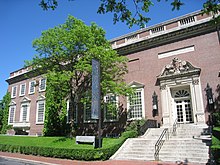
Samuel Hoar was a United States lawyer and politician. A member of a prominent political family in Massachusetts, he was a leading 19th century lawyer of that state. He was associated with the Federalist Party until its decline after the War of 1812. Over his career, Hoar developed a reputation as a prominent Massachusetts anti-slavery politician and spokesperson. He became a leading member of the Massachusetts Whig Party, a leading and founding member of the Massachusetts Free Soil Party, and a founding member and chair of the committee that organized the founding convention for the Massachusetts Republican Party in 1854.
The Forbes family is one of the components of the Boston Brahmins—a wealthy extended American family long prominent in Boston, Massachusetts. The family's fortune originates from trading opium and tea between North America and China in the 19th century plus other investments in the same period. The name descends from Scottish immigrants and can be traced back to Sir John de Forbes in Scotland in the 12th century. Family members include businessman John Murray Forbes (1813–1898), part of the first generation who accumulated wealth, and politician John Forbes Kerry.

John Murray Forbes was an American railroad magnate, merchant, philanthropist and abolitionist. He was president of both the Michigan Central railroad and the Chicago, Burlington and Quincy Railroad in the 1850s. He kept doing business with Russell & Company.

Richard Morris Hunt was an American architect of the nineteenth century and an eminent figure in the history of architecture of the United States. He helped shape New York City with his designs for the 1902 entrance façade and Great Hall of the Metropolitan Museum of Art, the pedestal of the Statue of Liberty, and many Fifth Avenue mansions since destroyed.

William Morris Hunt was an American painter.

William Ralph Emerson was an American architect. He partnered with Carl Fehmer in Emerson and Fehmer.
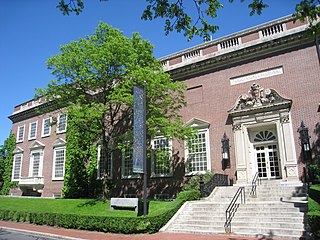
The Harvard Art Museums are part of Harvard University and comprise three museums: the Fogg Museum, the Busch-Reisinger Museum, and the Arthur M. Sackler Museum, and four research centers: the Archaeological Exploration of Sardis, the Center for the Technical Study of Modern Art, the Harvard Art Museums Archives, and the Straus Center for Conservation and Technical Studies. The three museums that constitute the Harvard Art Museums were initially integrated into a single institution under the name Harvard University Art Museums in 1983. The word "University" was dropped from the institutional name in 2008.
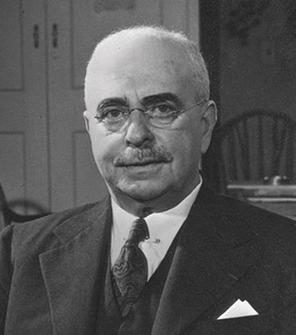
Paul Joseph Sachs was an American investor, businessman and museum director. Sachs served as associate director of the Fogg Art Museum and as a partner in the financial firm Goldman Sachs. He is recognized for having developed one of the earliest museum studies courses in the United States.

Elliot Forbes, known as "El", was an American conductor and musicologist noted for his Beethoven scholarship.
The International Institute for Conservation of Historic and Artistic Works (IIC) is a global organisation for conservation and restoration professionals with over two thousand members in over fifty countries. IIC seeks to promote the knowledge, methods and working standards needed to protect and preserve historic and artistic works throughout the world.
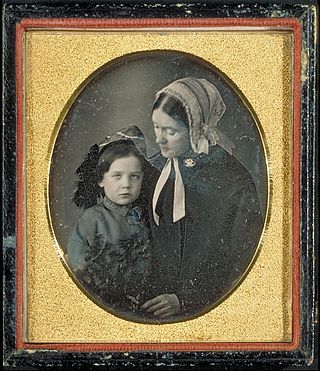
Edward Waldo Emerson was an American physician, writer and lecturer.

George Leslie Stout was an American art conservation specialist and museum director who founded the first laboratory in the United States to study art conservation, as well as the first journal on the subject of art conservation. During World War II, he was a member of the U.S. Army unit devoted to recovering art, the Monuments, Fine Arts, and Archives section (MFAA), a.k.a. "The Monuments Men."
The Association of North American Graduate Programs in the Conservation of Cultural Property, best known for its acronym ANAGPIC, is an annual student conference held by the North American conservation graduate programs where students present lectures of the highest caliber, sharing their research, leadership, and training with peers and faculty.
Raymond Emerson was an American civil engineer, investment banker, and faculty at the Peabody Museum of Archaeology and Ethnology. He is known for his large donations of personal Ralph Waldo Emerson letters and other documents for educational purposes. He was part of the Emerson family, and was Ralph Waldo Emerson's last surviving grandson. In addition to his marriage to Amelia Forbes, he was also connected to the Forbes family through other marriages in his parents' and his own generations.

Harvard University's Smith Campus Center is a Brutalist administrative and service building located at Harvard Square in Cambridge, Massachusetts, directly opposite the Wadsworth Gate to Harvard Yard. It houses Harvard administrative offices, an infirmary of the University Health Services, and a retail/restaurant arcade.
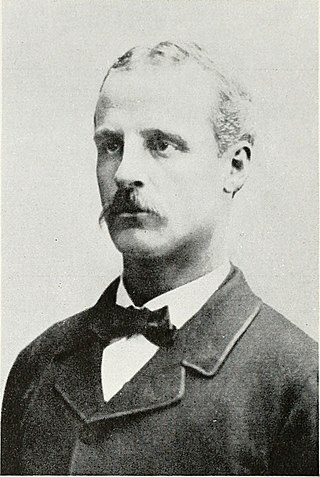
William Hathaway Forbes (1840–1897) was an American businessman.

Grenville Lindall Winthrop (1864–1943) was an American lawyer and art collector from New York City. A direct descendant of John Winthrop, the first governor of the Massachusetts Bay Colony, he restored historic buildings in Lenox, Massachusetts, and assembled a large art collection in his Upper East Side townhouse. He bequeathed his entire art collection to the Fogg Art Museum of his alma mater, Harvard University.
Carl E. Pickhardt Jr. (1908-2004) was an American Social Realist painter and printmaker.
Elisabeth West FitzHugh was a Lebanese American conservation scientist. She was a fellow of the American Institute for Conservation and the International Institute for Conservation.
